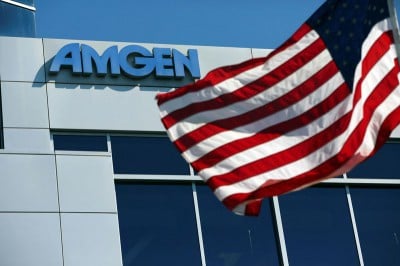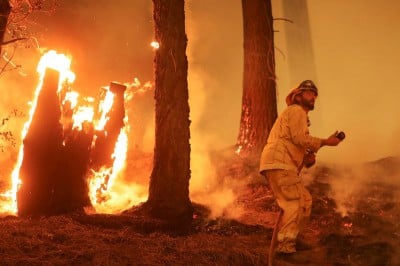
Alexander Spatari / Getty Images
The Federal Reserve Bank of New York is one of the country’s 12 Federal Reserve System banks. Along with overseeing member banks in its district, it provides banking services to the government and other banks, and collaborates with other Federal Reserve banks to shape monetary policy. It’s also the U.S. Treasury’s agent for foreign exchange operations
Definition and Examples of the Federal Reserve Bank of New York
Established in 1914, the Federal Reserve Bank of New York is the Federal Reserve System bank serving the Second District. In addition to all of New York, its district includes 12 upper New Jersey counties, the U.S. Virgin Islands, Puerto Rico, and Fairfield County, Connecticut. The New York Fed is known for having the most activity and highest assets of all the Federal Reserve banks.
Note
The other 11 Federal Reserve bank locations are in Boston, San Francisco, Atlanta, Philadelphia, St. Louis, Dallas, Minneapolis, Kansas City, Cleveland, Chicago, and Richmond.
Working to ensure a well-functioning economy, this bank has several responsibilities to the federal government and other financial institutions.
- Alternate name: New York Fed
For example, the U.S. government uses the New York Fed for clearing Treasury checks, getting help with financing, completing foreign exchange transactions, and ensuring there’s enough cash to circulate. In addition, it oversees and provides various financial services to member banks in the Second District. The New York Fed also offers gold storage services for customers such as governments and central banks.
Note
The Federal Reserve Bank of New York doesn’t have branches or offer its financial services to individuals.
How Does the Federal Reserve Bank of New York Work?
Along with the other 11 Federal Reserve banks, the New York Fed exists to help foster a healthy U.S. economy and ensure financial systems operate safely and with stability.
Its president is one of the 12 members of the Federal Open Market Committee (FOMC) which has eight meetings annually to discuss the economy and monetary policy goals. The New York Fed performs research in its district and regularly provides its findings on its website and to the FOMC each meeting.
In response to data on prevailing economic conditions, the representatives of the FOMC discuss and vote on appropriate monetary policies and necessary actions. Examples can include deciding to raise the Federal Funds rate to slow down inflation or lower it to stimulate the economy.
System Open Market Account
The FOMC also chose the New York Fed to manage the System Open Market Account (SOMA) containing reserves of U.S. dollars and some foreign currency assets. The FOMC and U.S. Treasury Department keep an eye on global markets and direct the New York Fed to intervene when needed.
For example, the Federal Reserve Bank of New York will complete foreign exchange market transactions as the Treasury’s agent in response to currency stability concerns. In doing so, the New York Fed plays an important role in foreign central bank interactions.
Wholesale Product Office
Based at the New York Fed, the Wholesale Product Office (WPO) plays an important role in the country’s electronic financial transactions. It ensures the functioning of the National Settlement Service for check clearing, the Fedwire Funds Service for real-time transactions, and the Fedwire Securities Service for government securities transfers.
The WPO also handles and distributes coins and cash, and stores physical valuables such as gold. There’s an on-site law enforcement unit to keep these stored high-value assets safe.
Duties to Regional Banks
At the regional level, the Federal Reserve Bank of New York regulates member banks in their depository and lending activities. For example, it performs bank examinations, lends money to assist with liquidity issues and ensures cash availability, and makes sure institutions lend money fairly to their customers. It also checks that member banks meet current reserve requirements with sufficient money deposited at the New York Fed.
Key Takeaways
- The Federal Reserve Bank of New York is responsible for fostering U.S. monetary policy, handling foreign exchange currency transactions, and ensuring the regulation and stability of member banks in the Second District.
- Since its president is a permanent Federal Open Market Committee member, the New York Fed plays an important role in discussing and responding to economic concerns during the periodic meetings.
- This Federal Reserve bank is known for managing the System Open Market Account, housing the Wholesale Product Office, featuring a gold vault, and interacting with foreign central banks.
Want to read more content like this? Sign up for The Balance’s newsletter for daily insights, analysis, and financial tips, all delivered straight to your inbox every morning!


